All about the camera matrix

Buyers of photographic equipment should definitely know everything about the camera matrix. Both the resolution and the level of light sensitivity of this device are of great importance. Attention should also be paid to the brand that produces such parts.
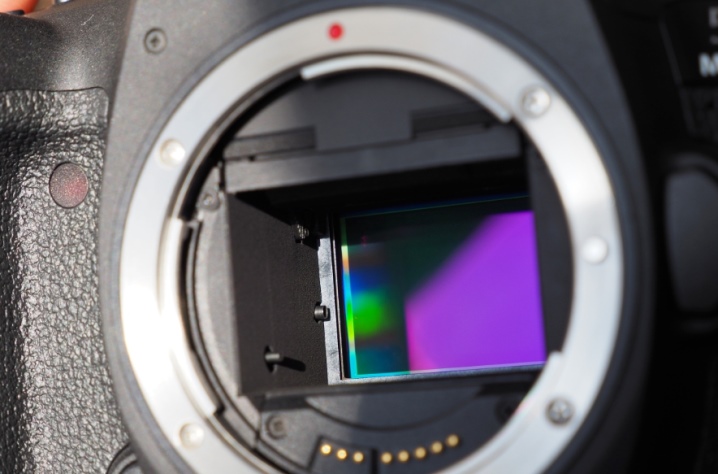
What it is?
A camera matrix is about the same as a heart or a brain for a living organism, that an engine is for a car or a roof in a house. If it does not work or works poorly, the health of all other parts of the camera does not matter. For your information: in a number of sources the term "sensor" or "sensor" is also used. If it is not specified what kind of “sensor” it is, then the matrix is meant.
It is very complicated, because it is a microcircuit formed by photodiodes. The light intensity determines the intensity of the generated electrical signal. Actually, for its development, the matrix is needed. If it breaks down, as it is already clear, any camera is a useless piece of metal, plastic and glass. The conversion of the pulse into a digital signal is carried out using a special device; it is either embedded in the matrix, or it is located separately.
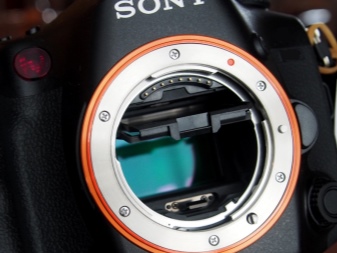
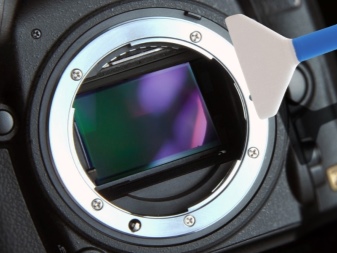
The light is converted into bits using a special protocol. There is one pixel of the image per LED. To achieve a color image, special filters "help" the main part of the matrix. From the point of view of optics, the matrix is an exact analogue of the film used in old cameras. Only internal physical processes differ and there are no chemical changes, and work with light is completely identical.
The fundamental parameter of the sensor is the so-called characteristic curve, which is directly related to the photographic latitude. This line is drawn between the extreme points of the correct exposure. When you go beyond these limits, the curve on the graph will bend. In the pictures, this is manifested by a significant drop in contrast. In digital photography, additional restrictions are imposed by the properties of analog-to-digital converters.
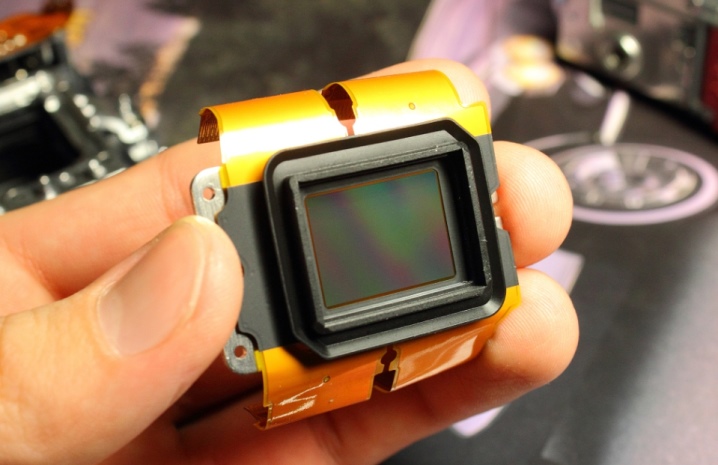
Type overview
With a superficial acquaintance with the market of photographic equipment, it is easy to see that it is equipped with various types of matrices.

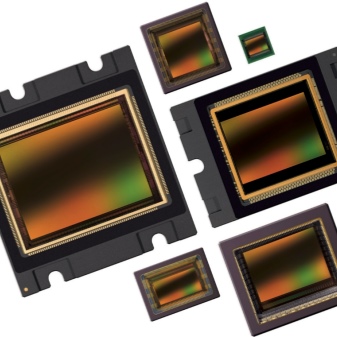
By reading technology
CCD - usually CCD in Russian-language sources - means sequential reading. Obviously, in this regard, there is a serious limitation on the speed of photographing. You will definitely have to wait some time while the previous photo is being formed. The characteristics of CMOS (CMOS) in this respect are better, such matrices are more attractive when using autofocus.
It is CMOS that they are trying to use for exposure metering. But even the most ordinary photographers tend to buy just models based on CMOS. In addition to better image quality, they boast relatively cheap prices and lower battery life when taking photos. Sometimes there are matrices of three layers, most often each of them is made using CCD technology. Commercial designation - 3CCD; equipment with such a filling is intended for professional filming.
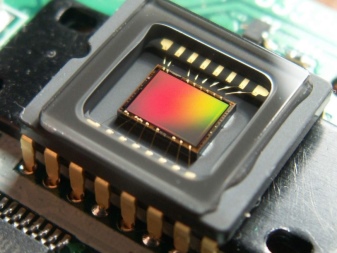
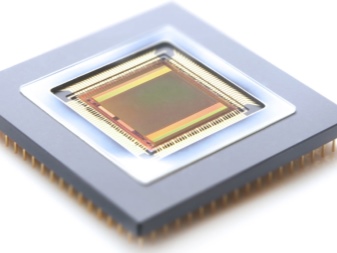
Panasonic devices use the Live-MOS technique. This method differs from traditional MOS technology in that there are fewer connections per pixel. This helps to reduce stress. Such a constructive solution, combined with a simplified transfer of registers and control signals, guarantees the receipt of "live" frames.At the same time, overheating and increased noise levels are excluded.
Fujifilm uses a special type of matrix. They are called Super CCDs. Large green pixels are provided for low light. Small green pixels are indistinguishable from blue and red dots.
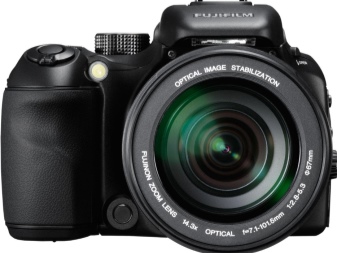

This design solution allowed increasing the photographic width of the matrix.
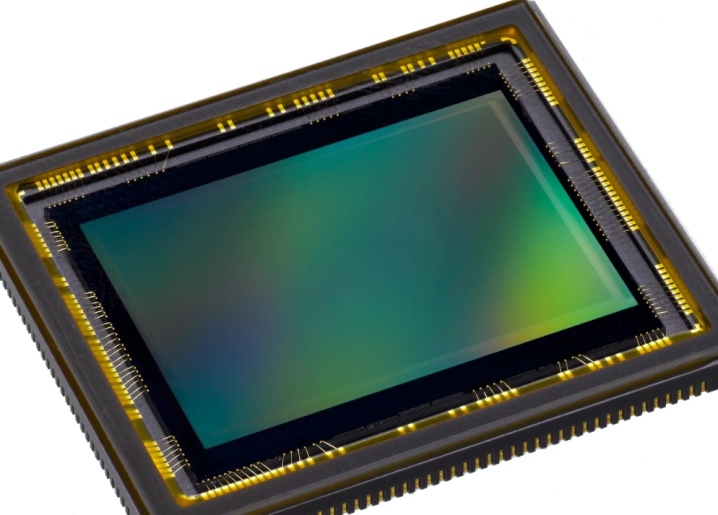
Depending on the filter
But the comparison of matrices is also possible by the type of filter used. Dichroic prisms are used in three-matrix systems. Inside such prisms, the light beam will be divided into 3 main colors. Then the green, red and blue streams are directed to the corresponding matrices. Peculiarities:
- optimal transfer of color transition;
- the disappearance of colored moire;
- reduction of noise level;
- increased resolution;
- the possibility of color correction before matrix processing, and not only after it;
- increased sizes;
- incompatibility with lenses with a small flange distance;
- the difficulty of color matching, which is achieved only with very careful alignment.
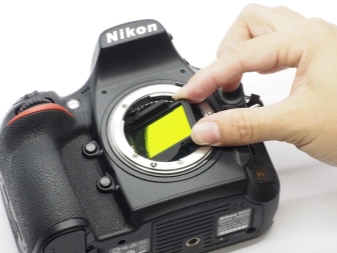
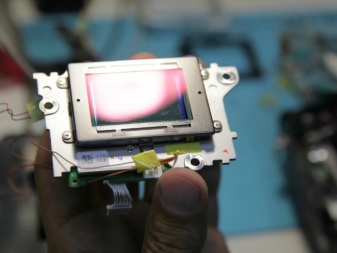
Another option is an array of mosaic filters. The name speaks for itself: the pixels are located in a single plane, and each one is under its “own” light filter. If information about colors is not enough, digital interpolation algorithms come to the rescue. An increase in light sensitivity is achieved by a deterioration in color rendering and vice versa. Previously, the RGGB option was used.
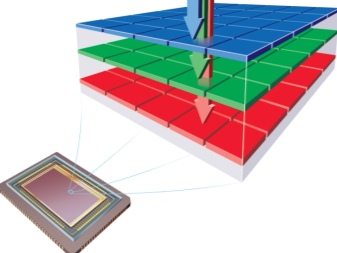
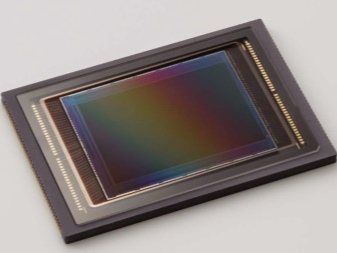
And also known schemes:
- RGEB;
- RGBW;
- CGMY.
There is also a technology for obtaining matrices with full-color frame points. The method, developed by Foveon, involves placing light detectors in three layers. Nikon has taken a different path. In her development, three main beams are processed using a microlens and three photodiodes, and then from each pixel are fed to dichroic mirrors. Already these mirrors redirect the light flux to the detectors; Despite the intrinsic complexity, it is attractive to do without sophisticated alignment.
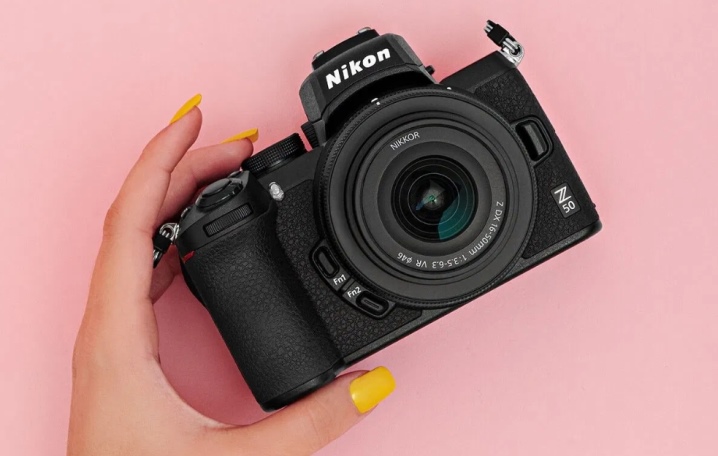
Dimensions (edit)
The main dimensions of the camera matrices are shown in the table (using the example of popular models).
| Name | Type of | Indicator kmop | Pixel, μm | Matrix size, cm |
|---|---|---|---|---|
| Kodak 1D | Ccd | 1,3 | 11,6 | 2.87x1.91 |
Canon 1Ds Mark II | CMOS | 1 | 7,2 | 3.6x2.4 |
Canon EOS 1D Mark IV | CMOS | 1,3 | 5,7 | 2.79x1.86 |
| Nikon D2H | JFET | 1,5 | 9,6 | 2.37x1.55 |
Sony A 100/200/230/300/330 | Ccd | 1,5 | 6,1 | 2.36x1.58 |
| Olympus E-M5 | NMOS | 2 | 3,7 | 1.73x1.3 |

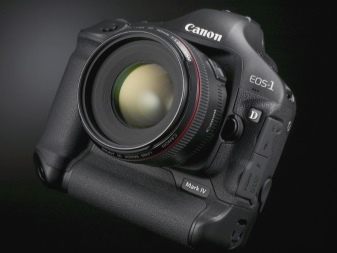
Do not confuse the physical format of the matrix with its optical resolution. It may well be both large sensors with relatively low clarity, and very high-quality small-sized light sensors. But in general, a pattern is still traced: a large matrix is most often associated with both high sensitivity and good picture detail. Simply because under this condition it is easier to implement it.
But you need to understand that the size of the matrix fully affects the size and weight of the camera. After all, the size of the optical system of the camera as a whole depends on this component. But the linear dimensions of the matrices are directly related to digital noise. If the size of the light receiver is increased, the total amount of useful optical information increases. Manages to brighten the image and saturate it with natural tones.
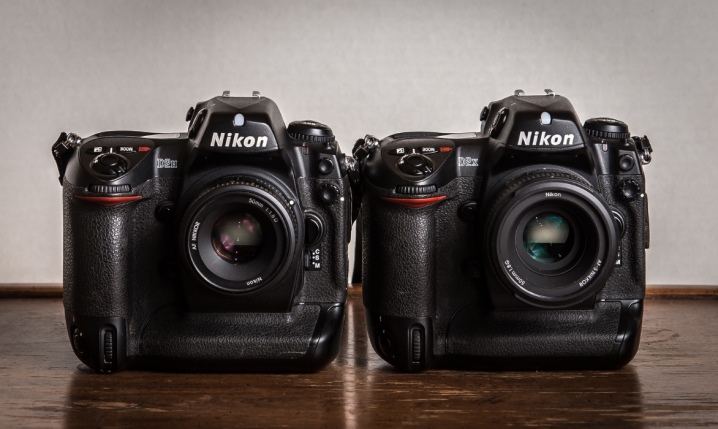
Low-cost cameras usually use sensors that are about 2/3 "in size. But sensors with a size of 1 inch are used mainly in full-frame cameras. However, in recent years, the reduction in the cost of manufacturing large light sensors has somewhat changed this picture. It is important to consider, however, also the role of pixel size. The larger they are, the thicker the insulation on the dividing circuits and the lower the leakage current.
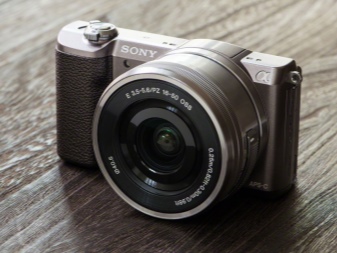
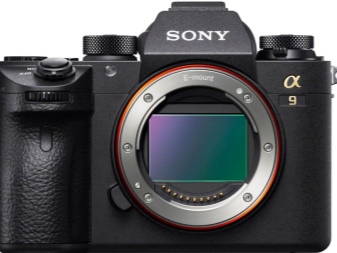
Megapixel count and resolution
These parameters are sure to appear both in advertisements and in descriptions on price tags. Resolution is especially important when you plan to print pictures on paper or view them on televisions, on large computer monitors. But for photos with a size of 10x15 cm, you can do with 3 megapixels.And the most advanced TVs still don't show more than 2 million pixels. That is why it will not be possible to really appreciate the merits of high-resolution images, it is rather a marketing gimmick.
Wherein the more pixels are declared, the larger the matrix should be. Mismatching these parameters will inevitably cause noise in the images. In addition, they will inevitably be cut in width.
Attention: it is worth considering the resolution of not only the matrix itself, but also the lens. This is often forgotten and then gets very strange results.

Light sensitivity parameters
These properties are significant when shooting in low light conditions. The more sensitive the sensor, the clearer the pictures will be. By manipulating ISO, they affect the brightness of the frame without re-adjusting the aperture and shutter speed. The bottom line is that they amplify the electric current, and do not increase the sensitivity of the photocells. Problem - when using a large zoom, noise will increase as well.
Raising the ISO value is only worthwhile in situations where:
- the background is not sufficiently lit;
- the flash cannot be used;
- you have to take it off your hands.

It is generally accepted that:
- ISO at 100-200 is sufficient for outdoor shooting in decent lighting;
- ISO 400-800 is enough for rooms with artificial light;
- ISO 800 to 1600 is needed to photograph at night;
- numbers over 1600 are required only for photography at concerts and similar events.

The best manufacturers
The rating of manufacturers of photographic matrices is very laconic. The list of firms that do this is generally small. Even a company like Nikon, although the matrix itself develops, the actual production is given to other organizations. Often orders are transferred Sony... And also the company's management claims that it makes orders from Fujitsu.
Sony is one of the world's largest manufacturers of photographic sensors. They also equip their own cameras under this brand. Only Canon outstrips it in terms of matrix production (only for its own needs). It is also worth noting the products:
- Samsung;
- Panasonic;
- Kodak;
- E2V;
- Aptina;
- Sigma;
- Foveon.
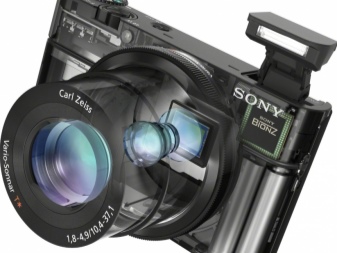

How to check for dead pixels?
No matter how hard manufacturers try, dust and other factors, just everyday use will inevitably affect the characteristics of the matrices. They must be checked for broken and hot pixels. This check of a DSLR camera is done as follows:
- turn off noise suppression;
- the sensitivity of the matrix is set to a minimum or to a value close to it;
- set the manual exposure mode;
- turn off autofocus.

Important: no point can be skipped. Otherwise, it will not be possible to get any exact idea of the properties of the matrix. The test itself consists of photographing without removing the lens cap. The shutter speed should be 3 frames 1/3, 1/60 and 3 seconds each. Next, the captured image is viewed in the highest possible resolution, best of all, by magnifying it on a computer screen.
There should be no colored or gray dots in a picture with a shutter speed of 1/3 second. Having found at least a few such inclusions, you need to familiarize yourself with the frame taken at a shutter speed of 1/60. If there are no suspicious points or significantly fewer, we can assume that the first stage of the assessment was successful. At the slowest shutter speed, even a fully functional matrix will inevitably show 5 or 6 colored dots. These are inevitable physical processes, and they will not degrade the picture in any way.
Colored dots may appear at high sensitivities. This is also how hot pixels appear. But this is compensated for very easily - just turn on the squelch. The numerous dots visible at medium shutter speeds and low ISO are a problem. When there are more than 5 of them, you should put aside the camera and start checking another camera, otherwise the money will be thrown down the drain.

In the next video, see about the camera matrix.













The comment was sent successfully.